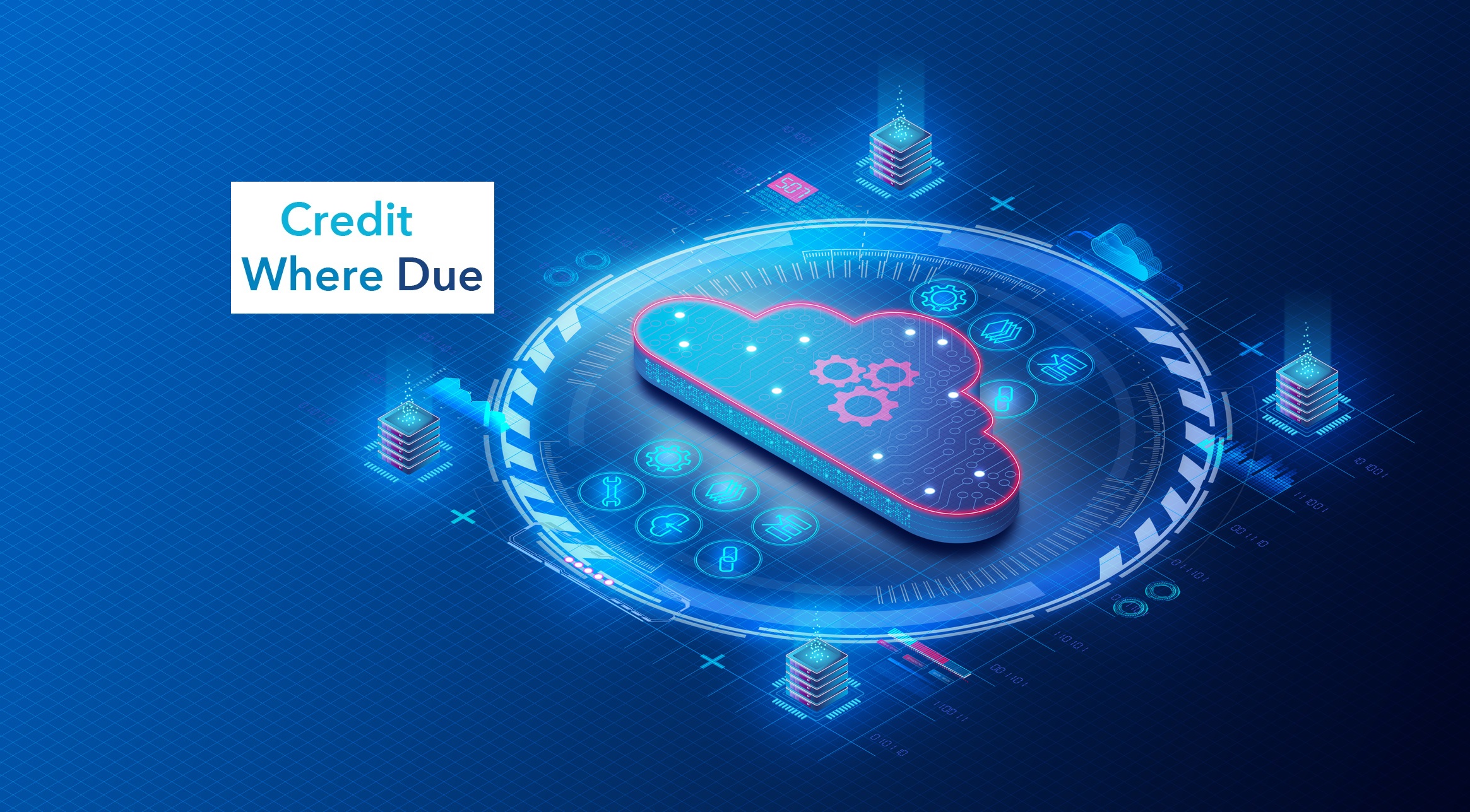How Cloud-Based Collections Systems Save Time and Provide a Human Touch

Let's imagine that your company's leadership has given your department a green light to implement a new collections system. Return on investment has already been discussed, and you're ready to move full steam ahead. How do you make sure that whatever system you choose is the very best choice?
First and foremost, make sure that you are going with a cloud-based system. Although there are still some great on-premise solutions available, this technology is all but obsolete, expensive to maintain and usually requires dedication from your IT group. The new collections system should check off three boxes: efficiency of scale, customer experience and user configurability (not necessarily in that order).
Efficiency of scale means different things to different people. In this instance, it refers to the ability to do more without having to become labor or resource heavy. An ideal setup allows the company to automate strategies (such as sending out statements and reminder emails) on a set schedule that is configurable by an accounts receivable profile (categories like small, VIP and international). It allows the collector to focus on answering customer responses and targeted follow up.
An even more ideal setup involves having the collections system learn customer behavior via artificial intelligence (AI) and suggest strategy changes accordingly. One system that allows for this is HighRadius Collections Cloud. Adding Freeda, an AI-powered digital assistant, to this platform takes AI to a whole new level, allowing the system to make calls, notate customer accounts and enhance the footprint of the collections team.
In comparison with these advanced systems, on-premise solutions are much more dependent on IT resources. Pick a major on-premise enterprise resource planning tool that has collections capability, and you will find that any changes that your business requires have to be road mapped and time allocated.
This is particularly cumbersome when a strategy does not work as anticipated. For example, dunning letters may need tweaking. Making those revisions often takes a back seat to the sales department's customer-facing needs and can severely degrade the collectors' morale when the changes are not made.
Configurability by a functional user or subject matter expert (SME) are essential to the success of an ever-changing collections environment. It allows the SME to add functionality to the existing platform, such as new templates or tweaking strategies that may not be working as designed. While this could take days, weeks or months with an on-premise solution, a knowledgeable SME can make changes in as little as minutes, based on real time feedback from the team.
Now that I've discussed what a cloud-based solution should do and how it can be easily maintained, we have come to the part that can be scary at the time a system is implemented: customer experience. Companies want to collect the funds that are due to them, but often view automation as a necessary evil that can adversely impact communication with customers. This is definitely a risk, but no more so than hiring the wrong people to work on your collections team.
A truly effective collections strategy that maintains a pleasant customer experience is not a pipe dream. It's actually based on the same rules an old-school strategy would run, but with automation. Collections is done via building customer rapport and engaging, which can also be done with automation. The key is wordsmithing each automated "touch" in such a way that it appears an actual human wrote the e-mail (which they did).
Statements go out every month on the same day with a short note that essentially says: "Here is your month-end statement. Please contact the team if you have any questions or are missing any invoices." Collections letters of old started with a friendly reminder and continued along an escalating path. The strategy that you create should be no different. When payments were made in the past, the customer was thanked. Guess what? You can build that in, too.
The key that keeps the customer interactions "humanized" is how your collections team responds to customers electronically or verbally. Thank them for their business and treat them with respect.
In closing, remember that you're not replacing your collections team with Cyberdyne Systems (Terminatorreference here). The main reason for automating your collections process is to eliminate time stealers and make your team more efficient. The absolute best way to do that is to have them involved from start to finish in designing, implementing, and improving the system along the entire journey.
This article was written by Nat McCall, Director, Order to Cash, Global Ad Sales for Warner Bros Discovery. He can be reached at nat_mccall@discovery.com.
Click the social buttons to share this story with colleagues and friends.
The opinions expressed here are the author's views and do not necessarily represent the views of MediaVillage.com/MyersBizNet.

